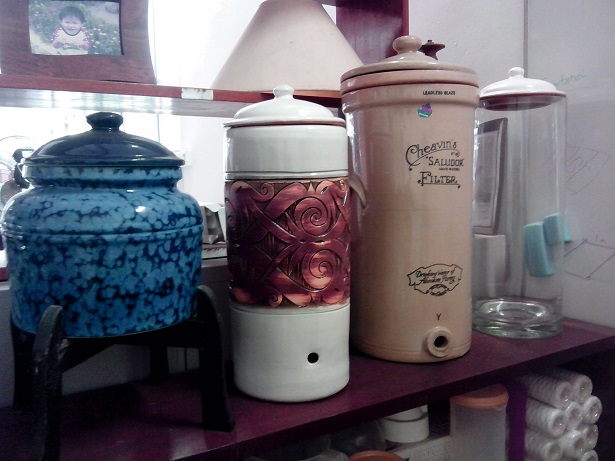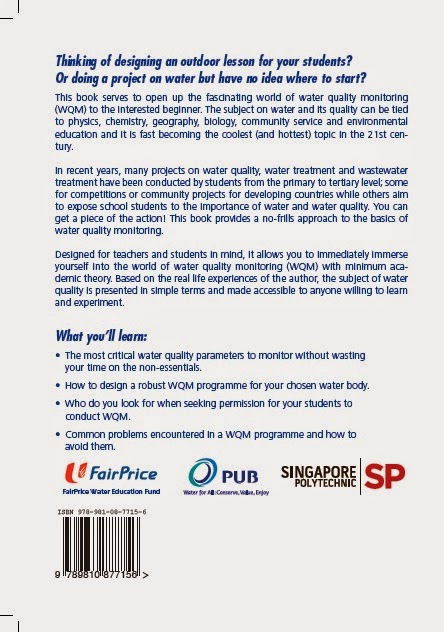Dear Mr Kwok,
It was a pleasure to read your post on the topic "Before you write off a plant as a weed, read this...".
I enjoyed reading the article and found the information on phytoremediation both fascinating and very comprehensive.
I will like ask if there are any regulatory or monetary policies in Singapore to be considered in regards to phytoremediation applications.
I don't seem to be able to find this information and will really appreciate your sage advice.
Thank you.
Warm Regards,
J
Dear J,
Glad to know that you enjoy reading my blog article.
Incidentally, you did not mention your purpose of using phytoremediation. In it for treatment of industrial waste? Agricultural waste? Domestic waste? Rainwater harvesting? Or simply storm water filtration? Are you using it to clean water or soil or perhaps even air?
As far as I know, there are no regulations in Singapore governing the use of phytoremediation per se. However, there are likely to be regulations controlling the end result of your phytoremediation endeavour which is tied to your purpose of application. For example, if you intend to use phytoremediation to treat industrial waste before discharge into the sewers, you will have to adhere to National Environment Agency (NEA) effluent discharge limits which may or may not make phytoremediation feasible.
Public Utilities Board (PUB) does have some guidelines (Active, beautiful, clean waters design guidelines) pertaining to the design and use of water design features (e.g. bio swales, rain gardens, wetlands) to clean up storm water.
What do you mean by monetary policy? If you are referring to monetary incentives, no, I have not heard anything. The closest is PUB is quite ready to invest in pilot-scale floating wetlands in its reservoirs (Jurong Lake, Pandan Reservoir, Sengkang Floating Wetland) and a full-scale constructed wetland (Lorong Halus Wetland at Serangoon Reservoir) to try out phytoremediation.
Phytoremediation is an emerging technique in environmental pollution control. But it lacks documentation of successful applications in this part of the world. And no matter where in the world it is used, phytoremediation takes relatively long for treatment to complete and precious land is needed grow and maintain the plants that form the heart of a phytoremediation system. Money will certainly trickle into R&D in phytoremediation though I am not sure that money will be gushing into full-scale application of phytoremediation anytime soon, at least not in this part of the world.
CK
You are now unsubscribed
-
CLS
We have removed your email address from our list.
We're sorry to see you go.
Was this a mistake? Did you forward one of our emails to a friend, and...
4 years ago










